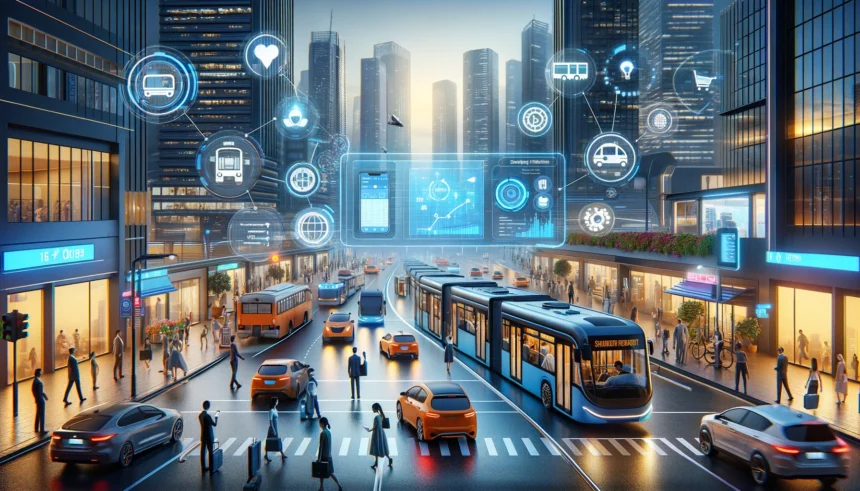The landscape of urban mobility is undergoing a monumental shift, fueled by remarkable technological breakthroughs. As cities continue to grow and wrestle with increasing populations, the need for effective and eco-friendly public transportation has reached unprecedented levels. This is where the power of technology integration into public transit apps becomes a game-changer, promising a future where commuting is not only seamless and sustainable but also perfectly aligned with the evolving needs of smart cities.
Imagine stepping into a city where every commuter has real-time access to accurate bus and metro schedules, seat availability, and route options. This breakthrough eliminates the guesswork and frustration associated with travel, allowing people to make well-informed decisions about their journeys. The convenience of real-time updates can transform the daily commute, making delays less bothersome and enabling more efficient route planning.
Digital ticketing systems represent another leap forward in streamlining the commuting experience. The hassle of rummaging for change or waiting in line to buy tickets is becoming a thing of the past. With just a few clicks on a smartphone, travelers can now effortlessly pay for their rides, paving the way for smoother, cashless transactions—a key aspect of modern urban living.
Smart cities are at the helm of this technological revolution in public transit. Leveraging data analytics and artificial intelligence, they can refine transit routes, predict congestion, and ensure services are distributed more evenly. Machine learning algorithms offer insights into commuter behaviors, leading to smarter route planning and resource management. This not only boosts public transit efficiency but also promotes overall sustainability in urban environments.
The integration of various transportation modes into a single app underscores the future of mobility. A comprehensive public transit app should seamlessly connect buses, autos, metros, and cabs, ensuring that commuters can easily navigate their entire journey, including the first and last miles. By amalgamating different modes of transport on one platform, technology lays the groundwork for a fully interconnected urban transit system.
An inclusive approach is central to the future vision of mobility. Designing public transit solutions that meet the diverse needs of the community, including those with disabilities, is crucial. Features like real-time monitoring, audible announcements, and barrier-free access can significantly enhance the transit experience for individuals facing mobility challenges.
As we venture deeper into the smart city era, the potential for technology to transform public transit seems boundless. However, it’s important to recognize that we’re just at the beginning. The horizon is bright with the promise of further innovations, smarter infrastructure, Internet of Things (IoT) devices, and green energy solutions.
In summary, the path to the future of mobility lies in the integration of technology with public transit apps. As urban areas evolve, adopting smart solutions that prioritize efficiency, sustainability, and inclusivity becomes essential. The transformative impact of technology on urban mobility is clear, and as we embrace this new era, the journey towards smart, interconnected cities accelerates. With endless possibilities to improve urban transportation, the future looks incredibly promising for enhancing how we navigate cityscapes.
















